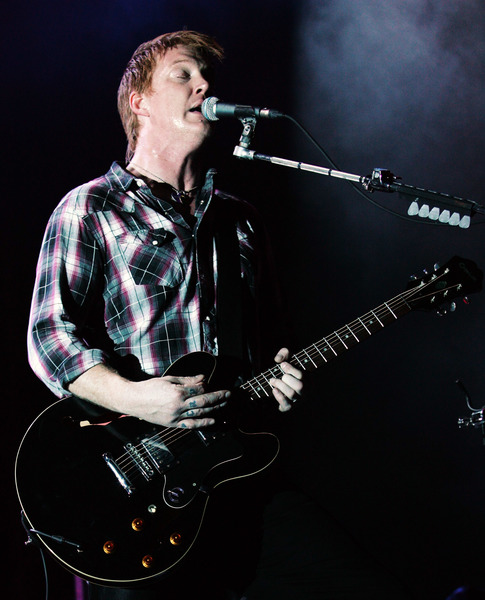Billie Joe Armstrong used a Fernandes Strat copy almost exclusively on at least the first 3 Green Day albums. I believe he still plays it on tour from time to time.
Robert Quine (sometimes with Lou Reed) preferred Fernandes Strats in his later career as well.
Marc Ribot (sometimes with Tom Waits) played an ESP Tele for years.
I knew Quine a bit and he was often at a guitar shop I was friends with the owner of.
Quine gave the owner one of his Fernandes Strats as a gift, and the shop owner pickup up one of the best sounding sets of original 1950s black bottom Strat pickups, which he put in the Quine Fernandes.
When he showed it to Robert, he got yelled at and told to get those things out of there, they don't belong in there.
I was lucky enough to buy the Strat set for $200.
Quine was a generally grumpy guy but quite a player.
Both men had their own distinctive styles and were not brand dependent for their sounds.
Since they could have and also did have common name brands, Id guess that was partly their point in choosing off brand copy guitars.

